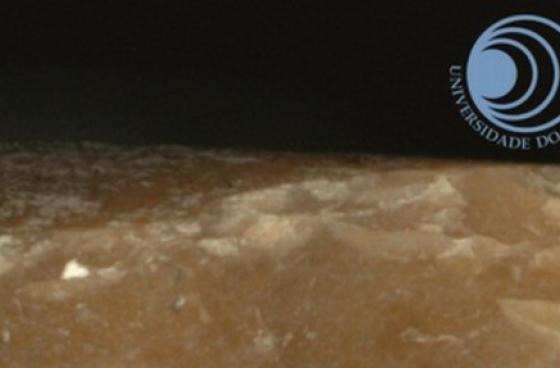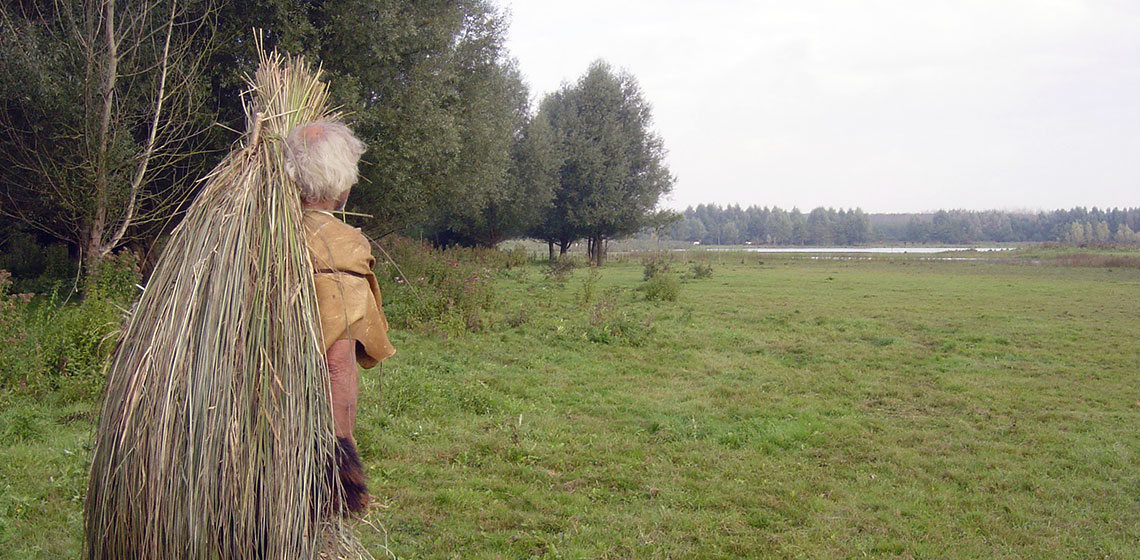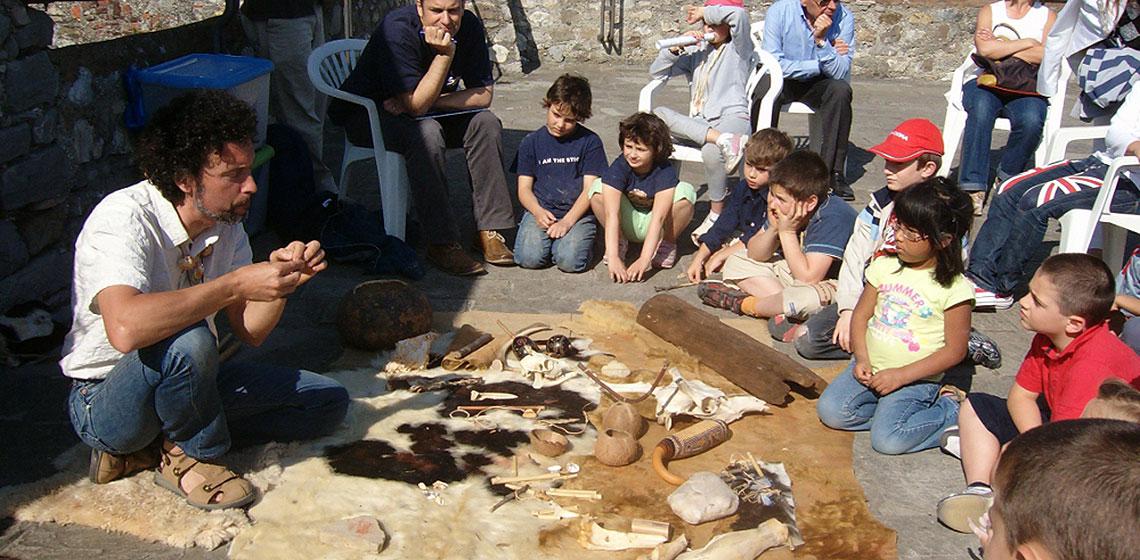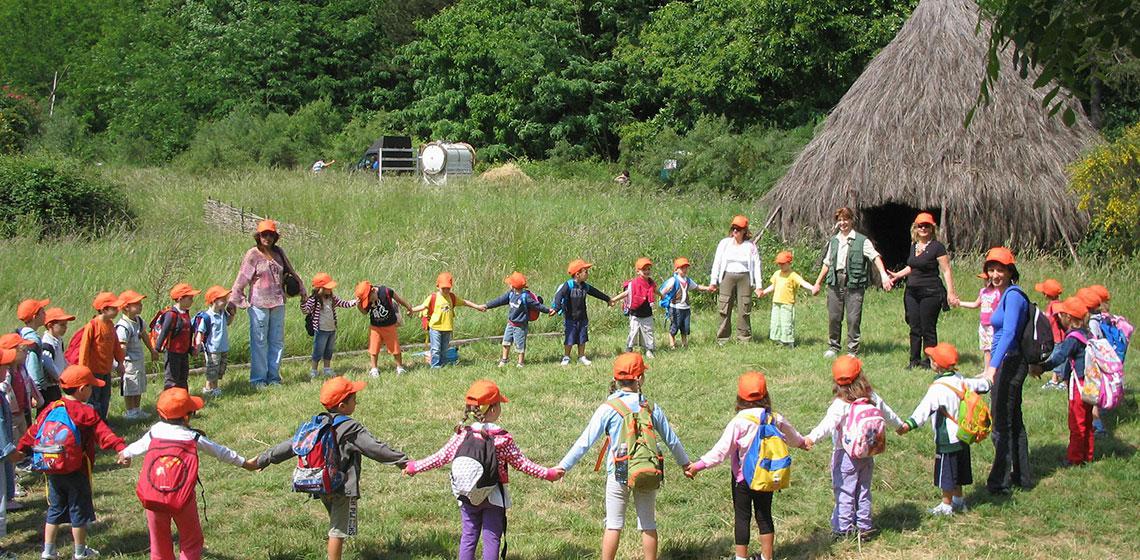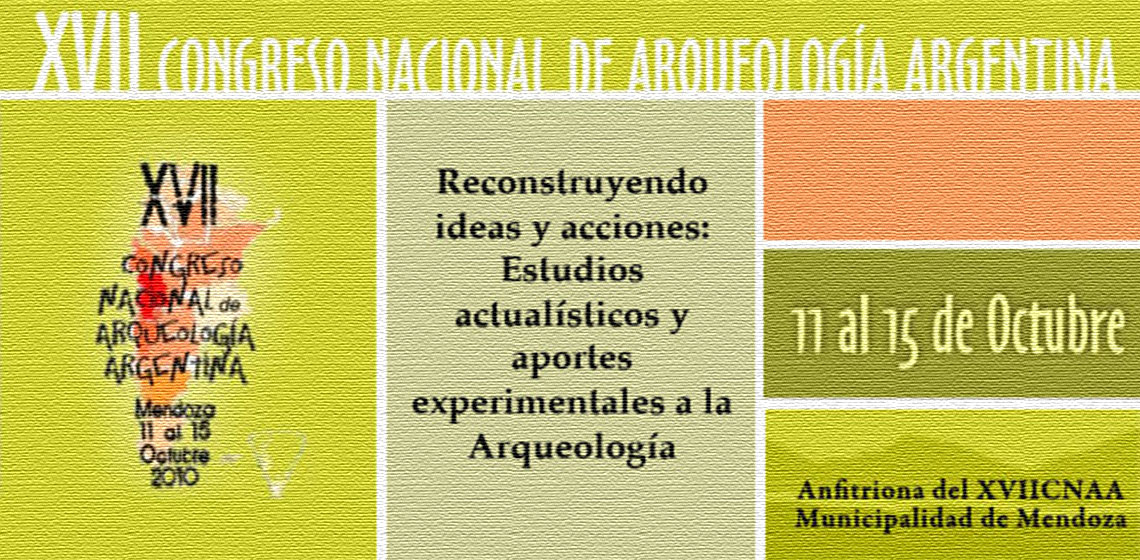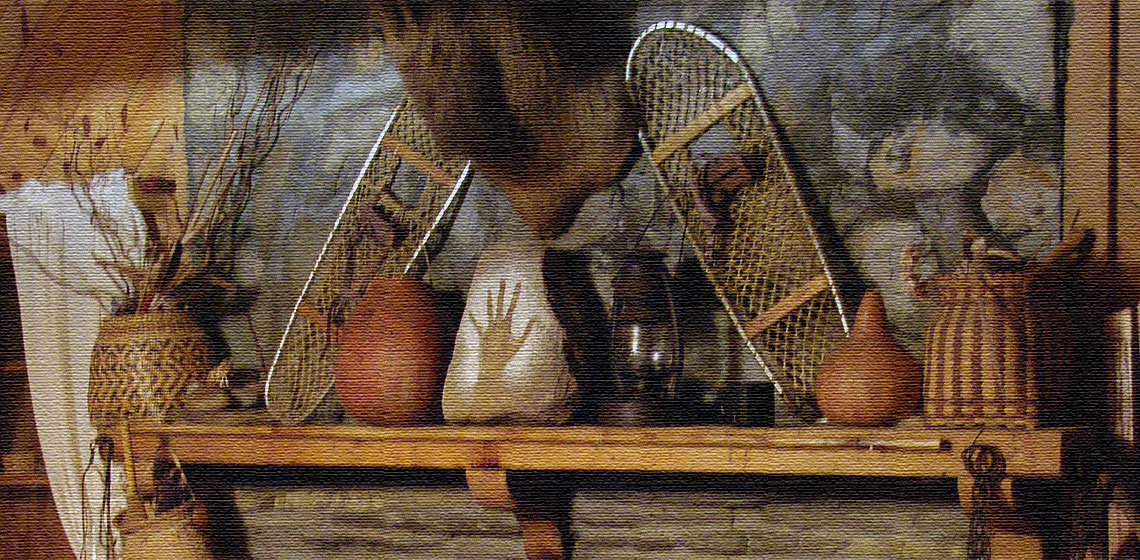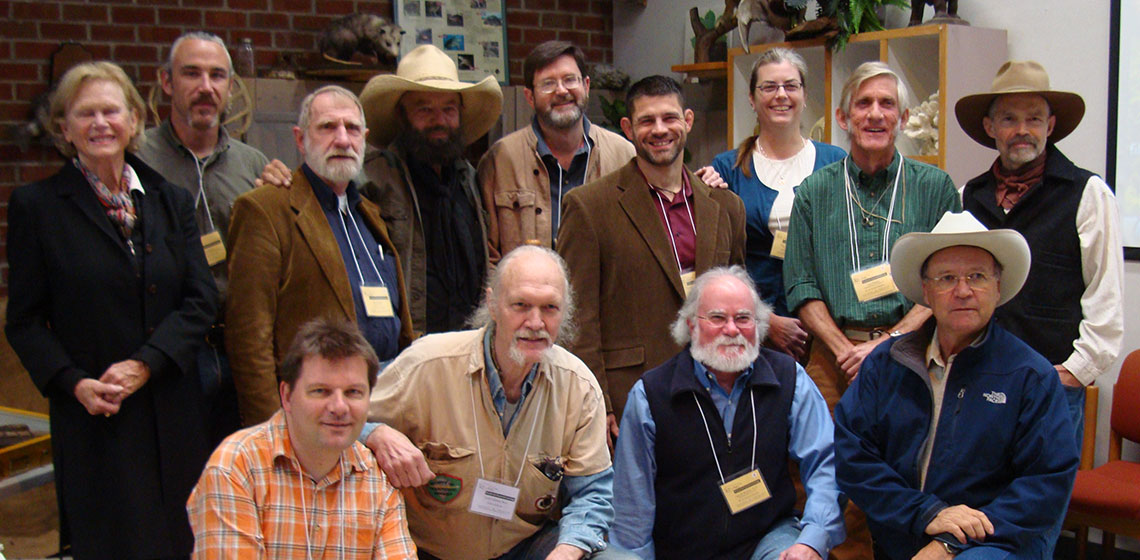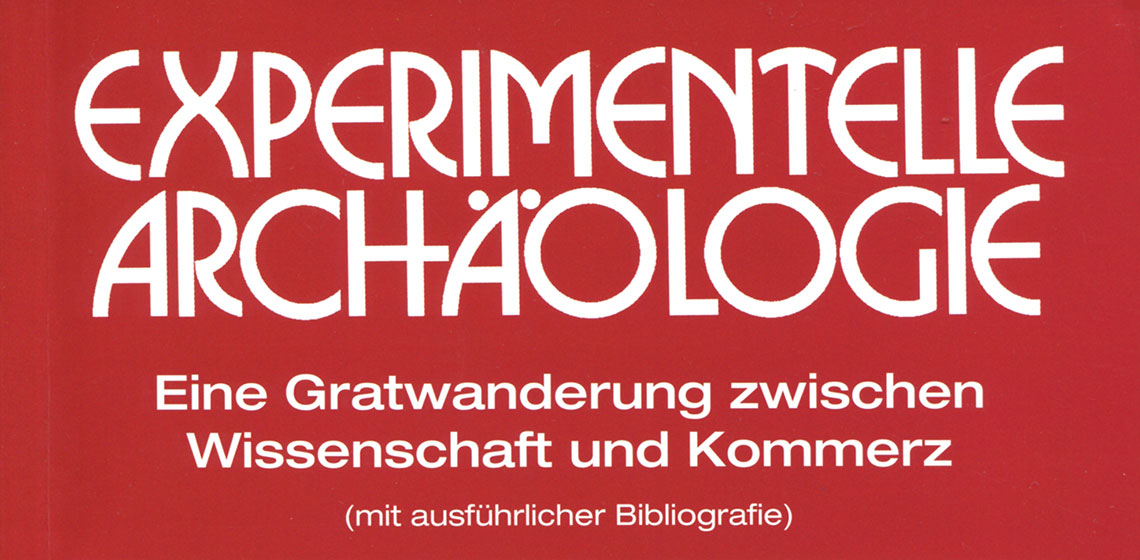International conference on use-wear analysis
Taking into account the unquestionable success of the last scientific meetings on the development of use-wear studies in archaeology over the last two decades, we are pleased to announce that we are organizing an International conference on use-wear analysis...

